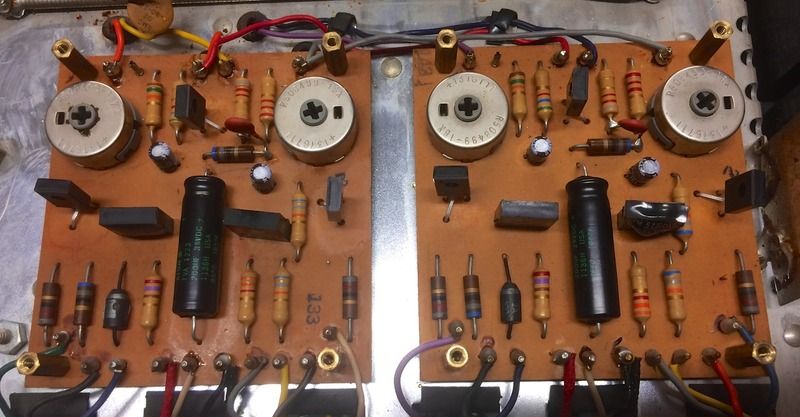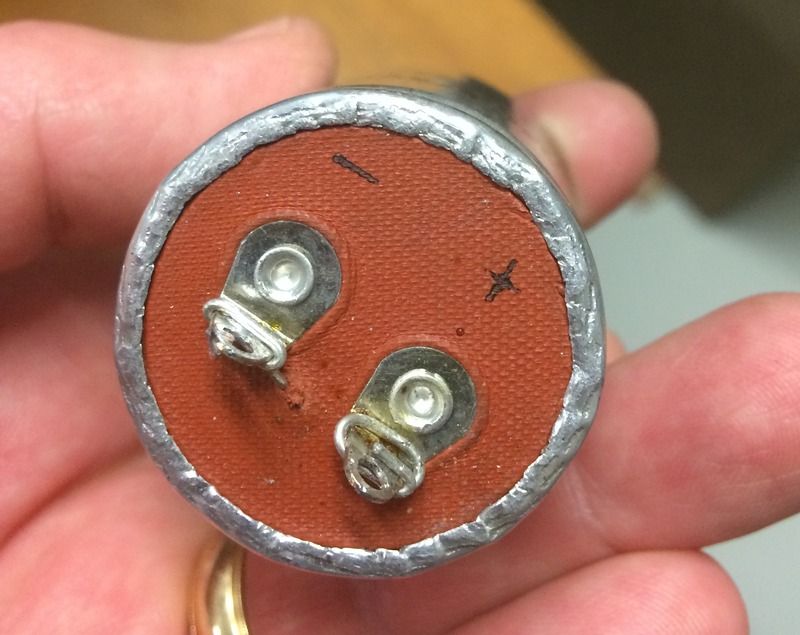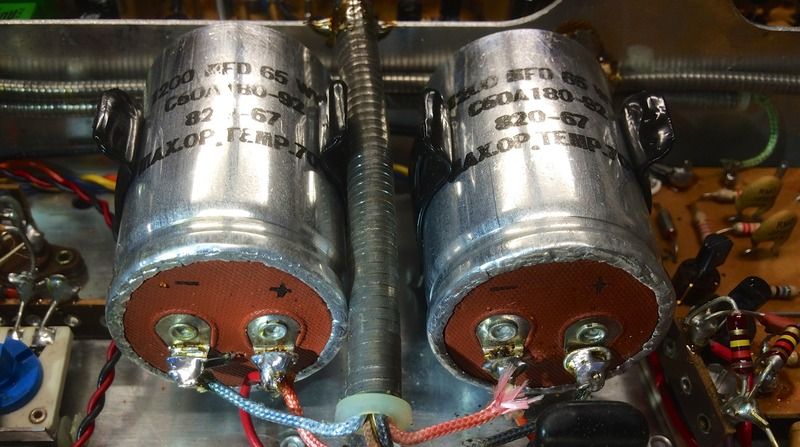buffdriver
Active Member
Hello,
This is my first post in the Fisher forum--my previous work has mainly been with Pioneer components.
I'm beginning a restoration on a Fisher 500-T for a friend. It's a really nice receiver.

He reported that the left channel is out, and I've verified that Q4 is blown and Q3 is close to failure. I then removed the heat sink for the left channel driver and saw that CR851 appears damaged/swollen.

CR851 appears to be a combination diode and zener in a single package.
I know that I have more work ahead to determine other damage and/or inoperative components, but this one jumped out at me and has me puzzled as to how to replace it. Is this part replaceable with a modern equivalent?
BuffDriver
This is my first post in the Fisher forum--my previous work has mainly been with Pioneer components.
I'm beginning a restoration on a Fisher 500-T for a friend. It's a really nice receiver.

He reported that the left channel is out, and I've verified that Q4 is blown and Q3 is close to failure. I then removed the heat sink for the left channel driver and saw that CR851 appears damaged/swollen.

CR851 appears to be a combination diode and zener in a single package.
I know that I have more work ahead to determine other damage and/or inoperative components, but this one jumped out at me and has me puzzled as to how to replace it. Is this part replaceable with a modern equivalent?
BuffDriver




